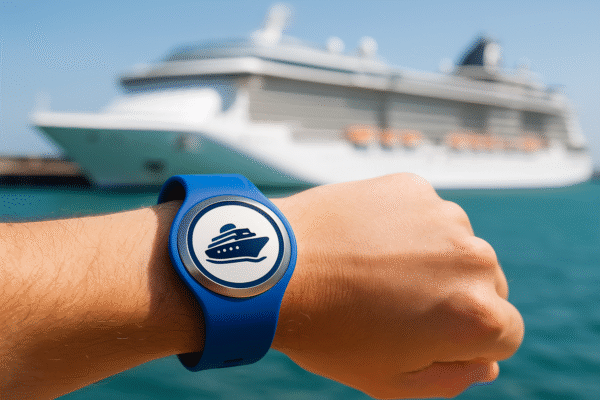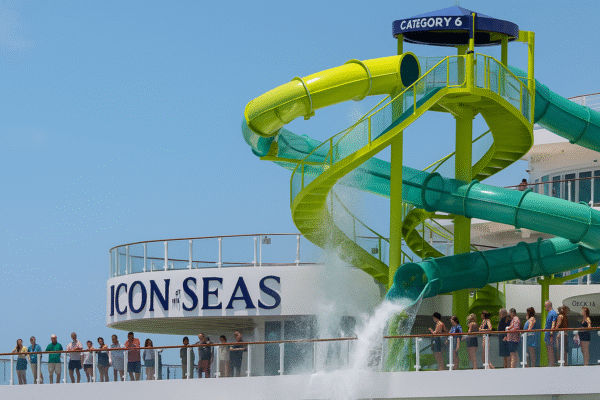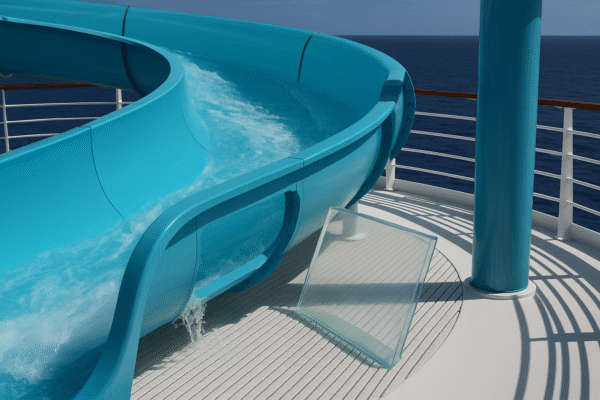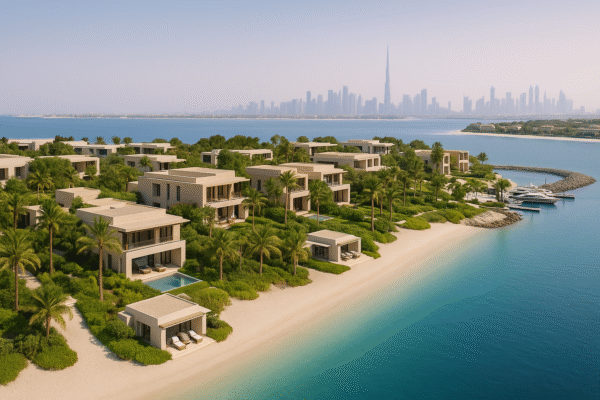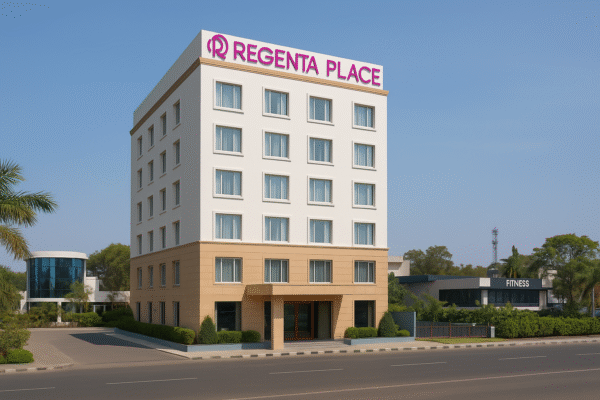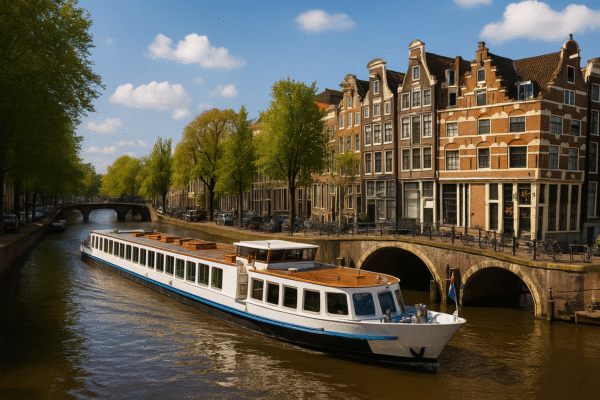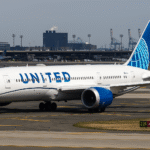Amsterdam, Netherlands — In a move reshaping the city’s tourism landscape, Amsterdam’s municipal council has announced a bold policy to halve river cruise ship arrivals by 2028. Aimed at preserving the city’s urban character and enhancing quality of life, this measure will have far-reaching implications for river cruise operators, local businesses, and travelers alike.
A Necessary Pause for Livability
Amsterdam’s majestic canals have long attracted river cruisers eager to step off their vessels and dive into the city’s rich cultural tapestry. But residents have increasingly voiced concern about overtourism, noting how dense visitor flows strain parks, clog traffic, and displace local flair. The city has sought a balance—one where tourism thrives without starring down the charm that makes Amsterdam unique.
As part of the new policy, officials plan to cap the number of annual river cruise ship calls at 1,150 by 2028, down from over 2,000 in recent years, aiming to reduce tourism pressure while raising experience quality .
New Standards for Cruise Operations
The policy will not only reduce traffic but also raise sustainability standards. Moving forward, only river cruise vessels equipped with shore‐power connections will be permitted to dock—minimizing emissions and noise during port stays .
While the municipal government has yet to lay out an enforcement timeline or detailed allocation rules, cruise operators must engage proactively with local tourism officials to navigate evolving docking limits and regulatory requirements.
Repercussions for Amsterdam’s Visitor Economy
The apparent drop in cruise arrivals raises concerns for hotel operators, tour providers, and transport services that rely on pre- and post-cruise foot traffic. Industry experts estimate that cutting cruise volume could reduce short-stay tourism by approximately 163,000 arrivals, potentially translating into a €63 million revenue decline.
However, city officials argue that prioritizing sustainable, longer-stay visitors over transient crowds will enrich regional businesses and relieve mounting urban pressure. The goal: preserve both Amsterdam’s economic vitality and its residents’ quality of life.
What It Means for Travelers
If you’re planning a river cruise through Amsterdam in the coming years, expect fewer dockings and smoother on-shore explorations. With smaller crowds stepping off ships at any given moment, highlights like the canal ring, museums, and city parks may feel less claustrophobic and more immersive.
For cruise operators and travelers alike, flexibility will be key—changing timetables, possible alternate homeports, and greener ship designs may all feature in future bookings.
A Shift Toward Responsible Tourism
Amsterdam’s decision reflects a growing global trend. Cities like Venice and Barcelona are also exploring cap limits and high-season adjustments to control overtourism. Amsterdam is leaning into its sustainability reputation—prompting structural and cultural change in how visitors explore the city.
Beyond ship limits, Amsterdam continues to promote greener practices: from bike-friendly transport systems to climate-conscious events. Curating a more intentional tourism model reinforces the city’s image as a forward-thinking, livable capital.
Looking Ahead
Pragmatism and preservation drive Amsterdam’s new strategy. As the river cruise pie shrinks, cruise lines may shift emphasis to longer itineraries or multicity stopovers. Municipal authorities must still deliver alternative tourism growth—perhaps via extended stays, cultural packages, or off-season promotions—ensuring economic resilience.
Ultimately, for visitors and locals alike, the next few years may redefine what it means to experience Amsterdam—less hustle, more authenticity, and a renewed appreciation for the city’s delicate urban beauty.
For more travel news like this, keep reading Global Travel Wire

